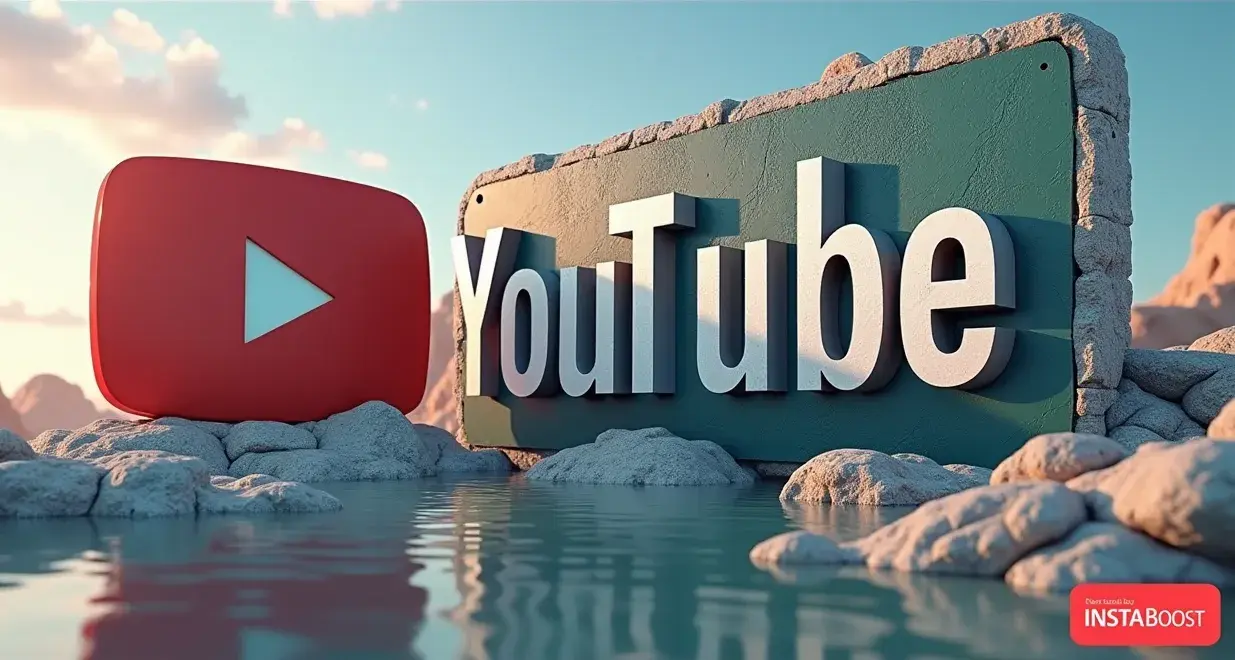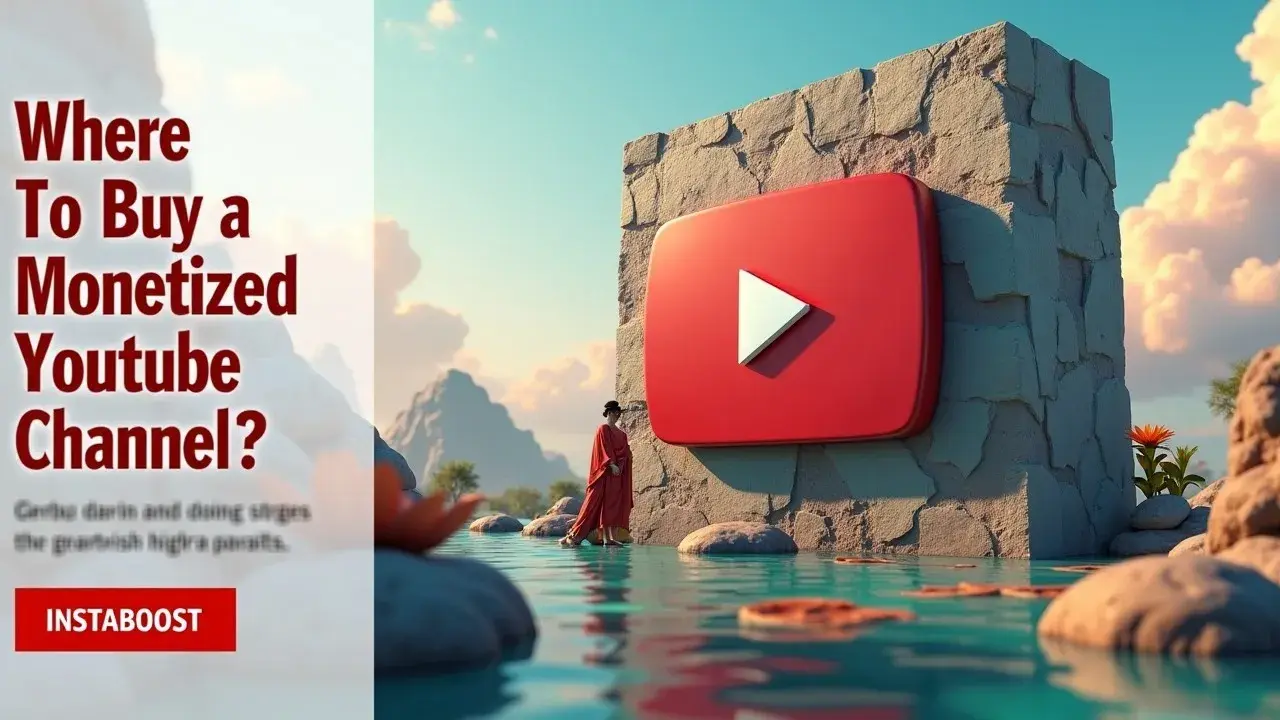Where to Buy a Monetized YouTube Channel, and What to Check?
Buying a monetized YouTube channel can accelerate revenue if the fit and activity are verified. Review recent uploads for consistency, confirm steady watch time, and scan comment history for red flags before committing. Match the niche to your voice and prepare week-one content to sustain first-hour momentum after transfer. Risks come from mismatched audiences or weak engagement; a focused plan helps protect the brand and maintain measurable gains in completion and watch time.
Why Acquiring an Already-Monetized Channel Can Be a Smart Accelerator
Buying a monetized YouTube channel isn’t a shortcut so much as a jump lane. You’re taking over a working distribution asset with AdSense enabled, real watch history, and an audience whose retention patterns you can build on. It tends to work when you have fit and proof. Match the niche to what you can publish weekly without strain, because momentum comes from consistent uploads that protect first-hour performance.
Then open the last 90 days in YouTube Studio. Steady watch time, strong retention through the first 30 seconds, real comments that reference the video, and clean analytics with no abrupt geography spikes all point to qualified traffic. Where you buy matters as much as the metrics. Reputable brokers and vetted seller platforms offer transfer safeguards, transparent RPM and CPM snapshots, and verification of AdSense status, which reduces friction and protects your timeline. Pair the acquisition with a simple launch plan. Have 2 – 3 ready-to-ship videos tuned to the existing audience, a pinned comment that resets expectations, targeted promotion to lookalike viewers, and creator collabs to seed authentic engagement.
If you’re exploring shorts channels, make sure the monetization type, whether Revenue Sharing or Partner Program, fits your pipeline and rights, and keep your workflow tight with staples from tools for YouTube creators to speed thumbnail cycles and metadata passes. A smart add-on is a short paid test with YouTube Ads to validate thumbnails and hooks before you scale. Measured properly, it reinforces early momentum rather than masking weak content. The non-obvious win is that you’re not just buying revenue – you’re buying a feedback loop. With retention signals, real comments, and clean data intact, you can iterate faster in week one than most new channels manage in a quarter, if the source is reputable and the content plan is matched to intent.

Signals That Separate a Real Asset from a Risky Listing
This framework has saved me hundreds of hours. Start with proof, not promises. A monetized YouTube channel worth buying shows steady 90-day watch time, average view duration that fits the video length, and real comments with replies that predate the listing. Cross-check AdSense eligibility with screenshots that show the account’s unique interface elements – dates, currency, page path – and match them to public metrics in YouTube Studio’s Realtime graph during a screen share. If you’re using a marketplace or broker, choose reputable ones that verify ownership and mediate escrow. Low-quality sellers often dodge live verification, try to move you off-platform, or can’t produce a clean analytics trail.
Fit matters more than raw subs. A 25k-subscriber channel in your niche with strong retention can beat a 200k channel with a generic, clickbait history, and remember that sustainable growth comes from content-market fit more than any tactic to reach more viewers on YouTube or chase short-term spikes. To protect early momentum, map your week-one upload plan to the channel’s highest-retention formats and titles. Prime first-hour signals with creator collabs and targeted promotion aligned to the viewer geography and device mix you see in the analytics. Ask for an unedited export of the last 365 days of analytics – traffic sources, audience demographics, remonetization flags – and compare it to public watch history.
If you see mismatches, slow down, request more data, or negotiate structure with holdbacks tied to performance. Pair due diligence with a simple testing loop. Publish one aligned video pre-close on a simulated channel, or post-close with a contingency, and watch how browse and suggested respond. This is how buying a monetized channel becomes an accelerator – clean analytics, verified ownership, retention signals you can build on, plus safeguards and measurement that keep the upside intact when quality, fit, timing, and follow-through align.
Layered Activation: How to Onboard a Monetized Channel Without Spooking the Algorithm
Your edge can be how you layer, not just how you launch. Treat the first week like a controlled merge. Keep upload cadence and video length close to the prior owner’s baseline while you set up a clean analytics split test. Lead with one anchor video that mirrors the top-performing topic and structure, then follow with a second that nudges toward your long-term positioning. Pin comments on both that explain the new value you’re bringing and ask for a simple action, like subscribing or answering a question, to prime real comments and strong retention signals.
If you’re running paid support, use small, well-targeted promotion to audiences adjacent to recent viewers rather than blasting cold prospects. That protects average view duration and first-hour velocity. Collab early with creators who overlap the channel’s existing audience so end screens and community posts feel native. Before changing thumbnails in bulk, run a rolling refresh on 10 – 15 back-catalog videos and watch CTR, AVD, and browse/home traffic. Scale only what lifts both click and completion. Keep AdSense settings, upload time, and title syntax stable for two weeks to avoid confounding variables in YouTube Studio.
A reputable broker or marketplace can facilitate an escrowed handoff. Once inside, verify monetization status and match Realtime spikes during a live screen share. Build a testing loop. A/B intros under 20 seconds, iterate hooks with safe ways to download YouTube Shorts for comparative review, and document what improves session starts without hurting suggested traffic. Buying a monetized YouTube channel works when you pace changes, preserve distribution habits that already convert, and layer your brand with intent rather than impatience.
When a “Deal” Is Really a Detour
Let’s set aside the marketing gloss and be direct. If a monetized YouTube channel is priced like a yard sale, it’s rarely hidden genius. It’s usually a mismatch in audience intent, content velocity, or monetization health. The smart move isn’t walking away. It’s recalibrating how you value and activate. Start with the signals you already trust – 90‑day watch time stability, average view duration that matches typical video length, and real comments with replies that predate the listing – then add one more: velocity symmetry.
If the prior owner posted weekly and you plan to go daily, your early momentum can register as noise to the algorithm. Close the gap by mirroring their cadence for two weeks while you run a clean analytics split test, then ramp. A low price can work when you pair it with safeguards. Use a reputable broker that verifies ownership, mediated escrow tied to a 7 – 14 day retention check, and a live screen share where AdSense UI elements match Studio’s Realtime graph. If the niche isn’t a perfect fit, skip the hard pivot. Bridge it with one anchor video that mirrors the top performer’s structure, then follow with a second video that leans into your own voice.
Paid accelerants belong in the toolkit when they’re qualified and matched to intent – targeted promotion that boost your YouTube visibility and amplifies viewers who already comment and rewatch, creator collabs that seed high‑quality session starts, and remarketing to past engagers. Downloading Shorts for internal review is fine. Keep edits transformative to protect brand equity. This route works when you pair due diligence with retention signals, real comments, and a measured onboarding rhythm, turning a perceived deal into a durable asset that compounds.
Own the First 30 Days: Make the Channel Yours Without Losing Its Pulse
Simplicity is the move right now, so lean into it. If you’re buying a monetized YouTube channel, treat the first month like a careful handoff, not a rush to rebrand. Hold cadence and video length within 10 – 15% of the prior owner’s baseline while you run a clear split test: one anchor upload that mirrors the top‑performing topic and structure, and a second that leans toward your long‑term positioning. Focus on retention signals you can actually shape – tight hooks, mid‑roll pattern breaks, and end screens that route to your next video, not your backlog. Early momentum is your moat, so use targeted promotion and creator collabs matched to audience intent, and value real comments over vanity impressions because thoughtful comments help the recommendation engine learn who should see you next; if you use paid support, keep it surgical with whitelist ads aimed at lookalike viewers in the channel’s top geography or selectively buy targeted YouTube reposts, measured against session starts and average view duration, not just clicks.
Build a testing loop around title and thumbnail A/Bs, the first 30 seconds, and topic clusters tied to proven viewer pathways in your analytics. Keep safeguards in place – a brand‑safe back catalog, consistent disclosure, and clean account permissions – so you don’t spook the algorithm or sponsors. If you need to review past Shorts for pattern mining, pull assets responsibly through a qualified tool or brand‑safe workflow, then remix with fresh scripting and higher completion targets. The non‑obvious edge is that momentum compounds faster than identity. Earn trust with familiar beats first, then widen the arc. That’s how a purchased channel stops being just a deal and becomes a durable asset.















